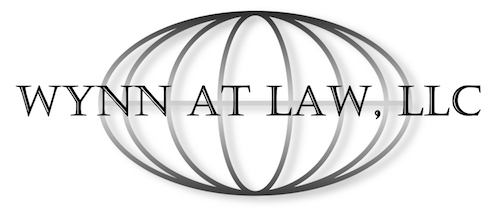Issue – Overhanging Trees:
Suppose your neighbor does not perform regular maintenance on trees located on your adjacent property line. As a result, the branches are overgrown, not pleasant-looking, and provide too much shade in an area that you had previously used for sun-bathing. You want your neighbor to cut the tree branches so that they are no longer encroaching over your sun-bathing area, but your neighbor’s yard lacks signs of any landscape maintenance. Thus, you are worried that asking your neighbor to trim the trees will result in a “no.” Can you take matters into your own hands and cut the trees yourself? Could you face legal consequences?
The Right To Self-Help:
Wisconsin recognizes the common law right of self-help to cut encroaching branches at the property line. As an owner of real property, you not only own the physical ground itself, but also the airspace extending from your property. So, if your neighbor’s trees are encroaching your airspace, you are entitled to cut the overhang at the property line without informing your neighbor that you are doing so. However, it is wise to hire a professional to do the job, as you do not want to risk damaging the trees, or cutting too far onto your neighbor’s property, which could result in a trespass.
Issue – Building Obstructing Sunlight:
Suppose the facts are a bit different and instead of your neighbor’s trees encroaching on your sunbathing area, it is the construction of a 2-story shed. The shed now completely obstructs your sunbathing area, and now obviously a much larger issue that cannot be addressed with the right to self-help.
Private Nuisance Law:
Wisconsin’s Supreme Court took up a similar “building obstructing sunlight” issue in the case Prah v. Maretti in 1982. A landowner, Prah, relied on sunlight for his rooftop solar panels. His neighbor began constructing a home on the adjacent lot, which effectively blocked the sun from reaching the solar panels. Prah sued his neighbor for private nuisance and won. The court determined that Prah’s claim for private nuisance was reasonable and could therefore go forward, or in other words, back to the court to determine the appropriate remedy. The remedy the court granted is not stated, but it likely either barred the neighbor from building the home or required him to redesign it in a manner that did not block Prah’s solar panels.
The key factor that weighed into Prah’s successful private nuisance claim is that it was “reasonable.” In our example above, the building encroaching on one’s “sunbathing area” is likely to be deemed “unreasonable” and therefore, an unsuccessful private nuisance claim. In addition to a requirement of reasonableness, the nuisance must also be substantial; this is measured by asking whether the nuisance would be inconvenient or offensive to a reasonable member living in the same community. Again, it is unlikely that other neighbors value sunbathing as much as the sunbather in our example, thus making the encroachment insubstantial and an unlikely candidate for a successful private nuisance claim.
Schedule a Consultation Today!
If you are having issues or questions with your neighbor’s trees on your property, reach out to Wynn at Law, LLC for a real estate law consultation today! Wynn at Law, LLC has three convenient law office locations throughout Southeastern Wisconsin covering vacant land transactions in:


